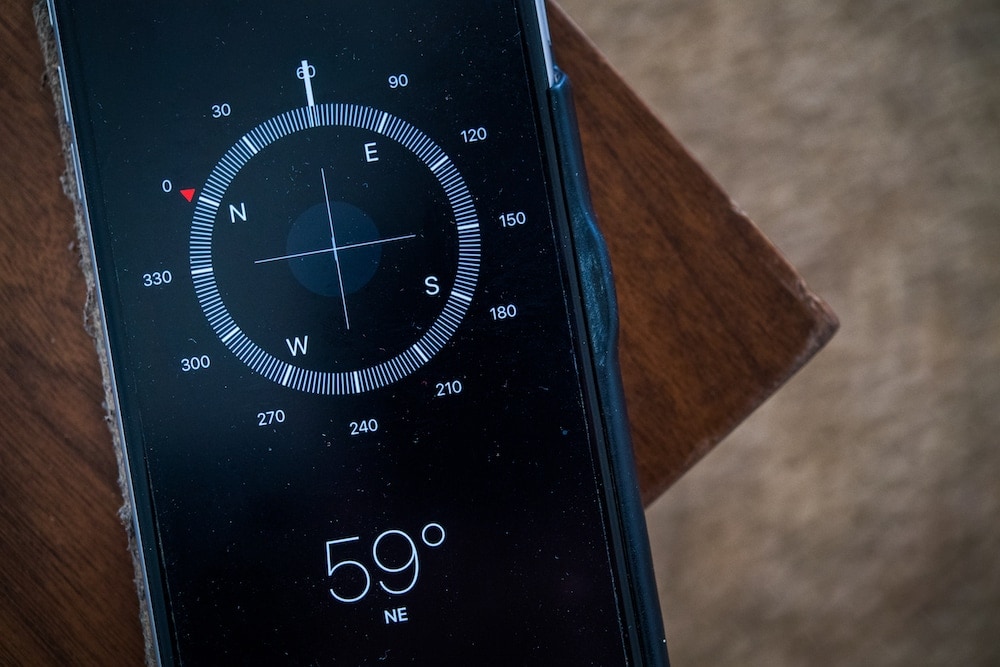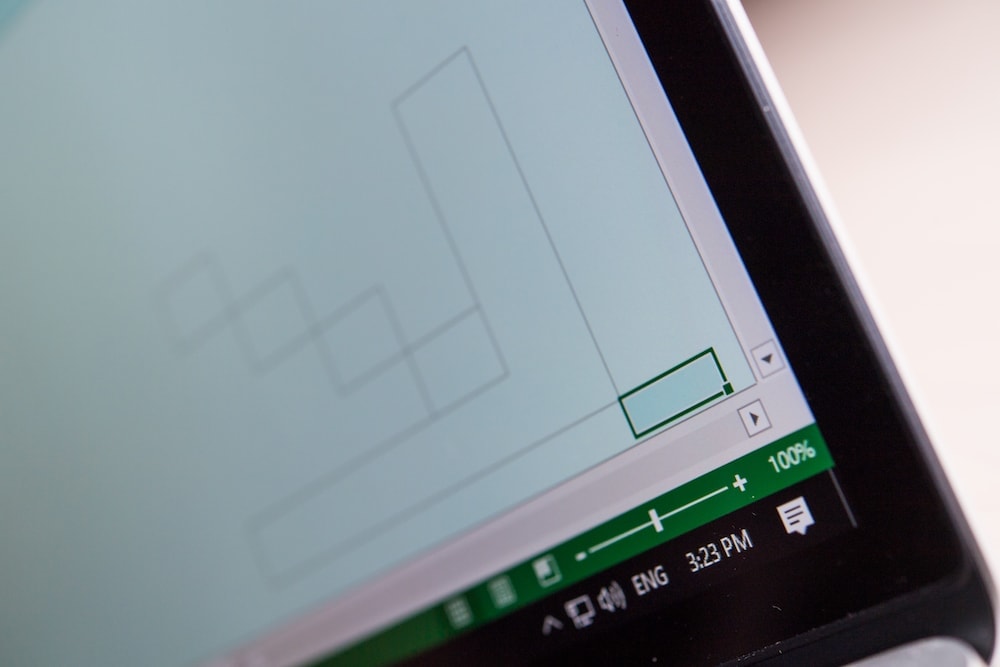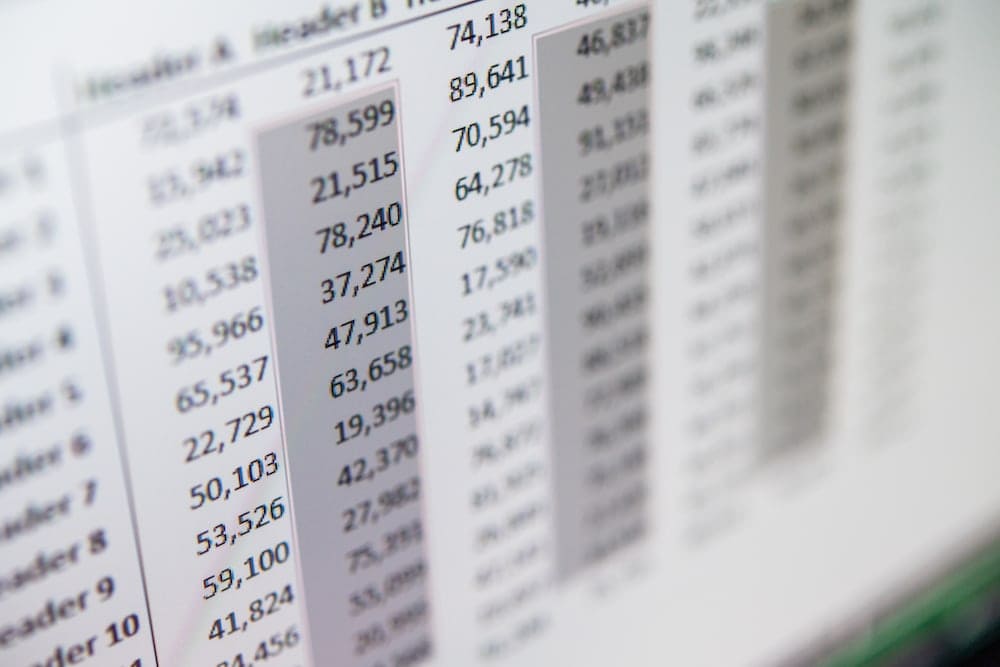The whole point of headers is to accurately describe the data underneath them. But what good are headers if they disappear every time you scroll down?!?!
Don’t worry, in this video I will teach you exactly how to freeze your headers at the top of the screen, so you always know which data you are looking at.
Download FREE Hands-On Exercises
Full Video Transcript:
Have you ever gotten lost in a sea of data with no reference point?
Odds are it’s because you have not frozen your headers. Don’t worry. In this video, I’ll teach you exactly how to do it.
The whole point of freezing cells is to keep certain parts of the screen in place while you’re scrolling somewhere else.
And even though there’s many different ways you can use this, the most common and, I think, one of the most helpful ways to do this is to keep your headers frozen at the top.
So, the way to do this on the PC is with ALT + W + F + F, and it’s all activated through the ribbon. So, ALT + W will get to the “View,” F will get to “Freeze Panes” and F will get you to “Freeze Panes” again. You can safely ignore both of these bottom choices because we’re going to cover only this top choice and it’s based on the current selection.
So, I’ll explain exactly how that works in a second. The key thing to remember here is, “Why is the fudge freezing?” That’s all you have to remember, and then you’ll get the whole freezing panes concept down.
If you’re on a Mac, you have to customize your own keyboard shortcuts. So, go to the description of this video, click on the link, and there’s a separate video that goes through detailed step-by-step instructions on how to customize your own keyboard shortcuts.
I recommend using these two because you can’t use an Undo. You have to use one step for Freeze and, again, a different step for Unfreeze.
Let’s see it in action. And go to this page here and actually select, first, the entire row, so that above that row is where I want the frozen section to be.
So, here’s the setup for it. I do ALT + W + F + F, and now that whole top section is frozen where all the rows 1 through 4 are there. If I want to undo, I can’t do CTRL + Z, I have to back, ALT + W + F. And, again, I hit F again. Notice that it’s changing the name here. It’s “Unfreeze” at this point. So that’s how you freeze the rows.
On the flip side, you can do the columns by choosing the column after the frozen point. So it’s always going to the left of that spot, ALT + W + F + F. And now it’s frozen left-to-right which is, again, pretty helpful if you have things such as names, dates, IDs, something that has to stay visible even when you’re scrolling.
Most people know about these two but what they don’t know about is the third option, So, let me undo it by ALT + W + F + F and choose not a row or a column but a single cell. And this is the point where, at the top left, it’s going to be the frozen point.
So, again, ALT + W + F + F. Not only is it frozen up and down, but it’s also frozen left and right, which is super helpful when you have the headers at the top as well as information on the left that you always need to see.
One caveat here, one thing to avoid is getting lost in your data and saying, “Hey, what happened to my information?” and you go up top and you think you are missing things. You just have to go one down, past that frozen point, to actually pop it back into place and see everything visible again.
So that may happen where, if you’re going down and you go all the way back up, it looks weird. You just have to just go down a little bit more individually, past that frozen point, and everything will pop back into place.
Here are specific exercises I’ve created to help you practice and actually learn all of these shortcuts really, really well. So, go ahead and fill this out.
Freeze the cells along the black border itself. So, again, choose the section underneath, ALT + W + F + F. They’ll be frozen that way for the row. Do the same thing for the column, and the same thing for the rows and columns at the same time. And I recommend using this pretty much all the time because you’ll always have information at the top that you kind of always want to see.
Don’t forget to visit excelshir.com, where you can download these exercises along with other free resources, such as keyboard shortcut cheat sheets for both PC and Mac.
Thanks for watching and I’ll see you next time. And next time you’re with friends and family, go ahead and share that Excel love. Oh. Oh, they’ll thank you for it.





